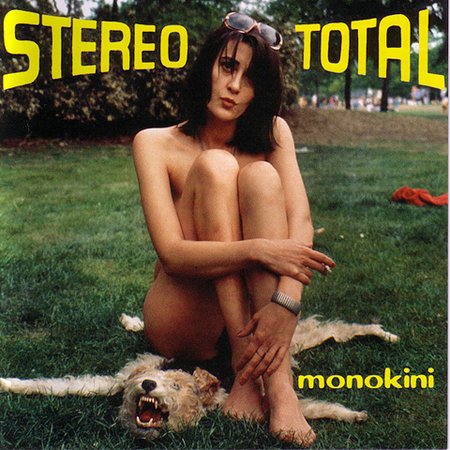
Anderson, Betty S.
product information
description
East offers a comprehensive assessment of the region, stretching from the fourteenth century and the founding of the Ottoman and Safavid empires through to the present-day protests and upheavals. The textbook focuses on Turkey, Iran, and the Arab countries of the Middle East, as well as areas often left out of Middle East history--such as the Balkans and the changing roles that Western forces have played in the region for centuries--to discuss the larger contexts and influences on the region's cultural and political development. Enriched by the perspectives of workers and professionals; urban merchants and provincial notables; slaves, students, women, and peasants, as well as political leaders, the book maps the complex social interrelationships and provides a pivotal understanding of the shifting shapes of governance and trajectories of social change in the Middle East.
Extensively illustrated with drawings, photographs, and maps, this text skillfully integrates a diverse range of actors and influences to construct a narrative that is at once sophisticated and lucid. A History of the Modern Middle East highlights the region's complexity and variation, countering easy assumptions about the Middle East, those who governed, and those they governed--the rulers, rebels, and rogues who shaped a region.
member goods
No member items were found under this heading.
Return Policy
All sales are final
Shipping
No special shipping considerations available.
Shipping fees determined at checkout.







